Situated above the White Cliffs of Dover, this iconic castle has guarded our shores from invasion for 20 centuries and is the largest castle in England. Dover Castle is owned by English Heritage and is a Scheduled Monument meaning that it’s “nationally important” and is protected from any unauthorised change. Known as the ‘Key to England’, we explored the dark, atmospheric Secret Wartime Tunnels that lie in the chalk below as well as the Keep Tower and medieval tunnels.
Dover Castle is one of the UK’s most famous castle’s and is Grade 1 listed meaning that it is recognised as an internationally important structure. English Heritage has spent millions over the years doing up the site and creating a vibrant experience for tourists and visitors. An estimated 350,000 people visited the site in 2010 however over the winter months, the castle is only open at weekends. Dover Castle has been on our list of places to visit for a while and in December last year, we were fortunate enough to visit the site during the week, getting an exclusive guided tour with the BTP boys being the only visitors in the entire site!
Early History of the Site
Unusual earthworks suggest that the site might have been fortified in the Iron Age, or before the Romans invaded in 43AD however this is not certain although it is unlikely that these earthworks would have been used for a medieval castle. Iron Age evidence has been found at the site however it could be associated with the hillfort. The site still contains one of Dover’s two 80 foot high Roman lighthouses, with the other lighthouse at Western Heights, another place that we are keen to visit.
After the Battle of Hastings in October 1066, William the Conqueror and his forces marched to Westminster Abbey for his coronation, traveling via Dover. The English were fearful of his approach and has little confidence in defending the site and hence were preparing to surrender. The Normans set the castle on fire and William paid for the repairs as he had taken control of the site. The castle was first built entirely out of clay however this eventually collapsed (not surprisingly.)
Henry II
Under the reign of Henry II, the site really began to look like a firm fierce castle. An engineer was responsible for building a keep and this still exists today and remains as one of the last rectangular keeps ever built. It is furnished in an authentic manner – surprisingly the vivid almost childish colours used are believed to be accurate to the fashions of the time.
Several other defences from the Middle Ages span the site, such as the Avranches crossbow tower we looked inside. (see above gallery)
In 1216, a group of rebel barons invited Louis VIII of France to come and take the English crown. He had some success breaching the walls but was unable to take the castle. This act was known as the First Barons’ War. During the English Civil War it was held for the king but then taken by a Parliamentarian trick without a shot being fired (hence it avoided being ravaged and survived far better than most castles) in 1642.
Napoleonic
Massive rebuilding took place at the end of the 18th century during the Napoleonic Wars. The Commanding Engineer of the Southern District, William Twissas, had the task of improving the town’s defences and completed the remodelling of the outer defences of Dover Castle adding the huge Horseshoe, Hudson’s, East Arrow and East Demi-Bastions to provide extra gun positions on the eastern side, and constructing the Constable’s Bastion for additional protection on the west.
The protected passageway and caponier – a gun battery that extends the building, was led to via a system of tunnels and traps used for clever defence against attackers. For instance a hole in the wall projected light from the outside onto the floor inside to monitor enemy movement!
With Dover becoming a garrison town, there was a need for barracks and storerooms for the additional troops and their equipment. The effective solution to this was to create a complex of tunnels about 15 meters below the surface of the famous White Cliffs of Dover. This was put into effect and the first troops moved in, in 1803. At the height of the Napoleonic Wars, more than 2,000 men were based in the tunnels and to date, they are the only underground barracks ever built in Britain.
At the end of the Napoleonic Wars, the tunnels were partly converted and used by the Coast Blockade Service to combat smuggling. This was a short-term endeavour though, and in 1827 the headquarters were moved closer to shore. The tunnels then remained abandoned for more than a century – imagine exploring these today!
World War One and Two
From 1827 the tunnels had remained derelict although from graffiti carved into chalk walls, it is known that soldiers were based there guarding an ammunition store in the 1850’s and 60’s. This is because they were on high alert for invasion although this threat never came to anything. In the First World War, the same tunnels were also mainly used for ammunition storage and perhaps as emergency stationing for soldiers about to make their short trip across the channel to the trenches of Northern France and Belgium. The tunnels were under the control of the Royal Navy during the First World War.
Without much action for the next two decades, the tunnels were called back into action when the Second World War commenced. They were first converted into an air-raid shelter in 1939 although later became a secret military command centre and underground hospital. In May 1940 Admiral Sir Bertram Ramsey directed the biggest operation ever seen at the site, from deep inside the White Cliffs, – Operation Dynamo, also known as the evacuation of Dunkirk.
The tunnels needed to be upgraded and transformed and this was a big mission itself. Over three miles of new and secret tunnels were dug out (by hand) to accommodate these changes. New levels of tunnels were commissioned from 1941 to provide separate, hidden and secure centres of operations for Army, Air Force and Navy. Many of the older tunnels were fired back into use by being lined with plywood or corrugated iron, of which much remains today. In addition space was needed for kitchens and mess rooms, maintenance and communications centres, barrack accommodation and a hospital for the wounded. The existing casemates were converted into offices, workshops, a telephone exchange, generator and planning rooms.
Post War
The Admiralty retained an interest in the tunnels until 1958 when they were handed over to the Home Office for a new defence function – a Regional Seat of Government to be used in the event of a nuclear war. The final phase of the working life of the tunnels came in the 1960s during the Cold War when tensions between East and West were at their height. The Cuban missile crisis of 1962, with its serious threat of nuclear war, particularly concentrated the minds of politicians and military planners in Britain. The government response was to identify a number of sizeable and secure fall-out shelters from which some vestige of local organisation could be continued in the event of a nuclear attack by the USSR. Dumpy level of Dover’s still secret, underground tunnels was chosen as the Regional Seat of Government for South East England, known as R.S.G.12. This Government centre was to be controlled by a cabinet minister with a staff of service personnel and civilian administrators after a nuclear war.
The work of converting the tunnels started again although this time converting them into radiation proof T.V. and radio studios, living accommodation and operations centre. Doomsday rehearsals and civil defence training were carried out regularly in the modified tunnels throughout the 1960s although the tunnels became increasingly difficult to maintain (and keep secret) during the 1970s. It was also realised that the porous chalk would have offered barely any protection against contaminated rainwater percolating down from any nuclear winter at ground level. The tunnels were abandoned as a Regional Seat of Government but were kept secret until 1986 when they were passed into the hands of English Heritage for eventual opening to the public.
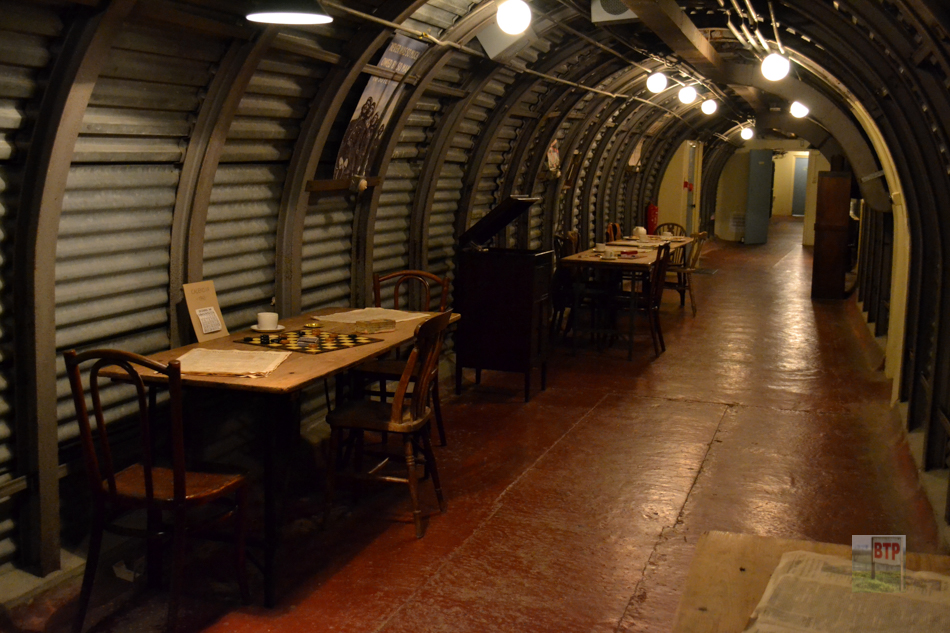
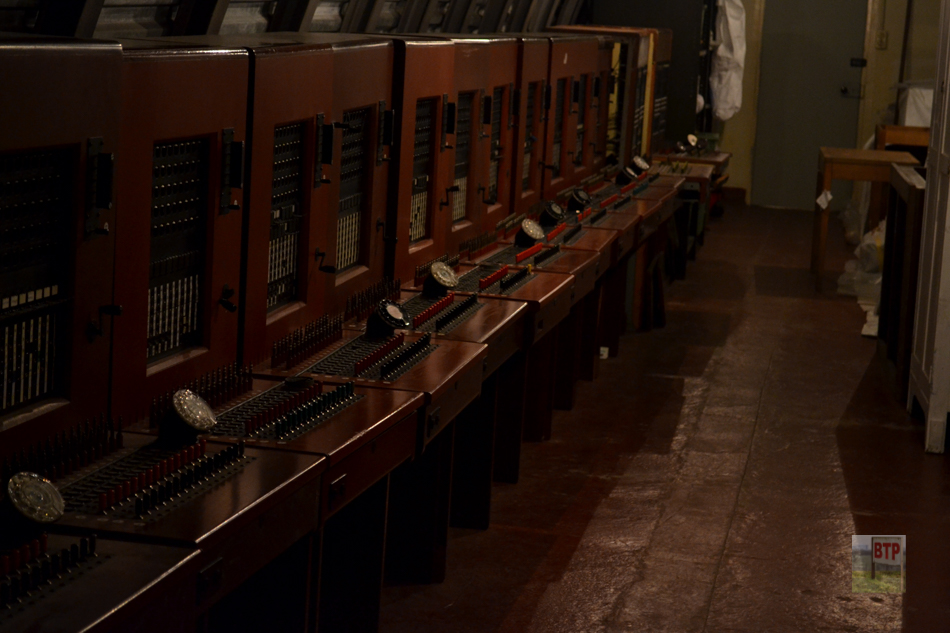
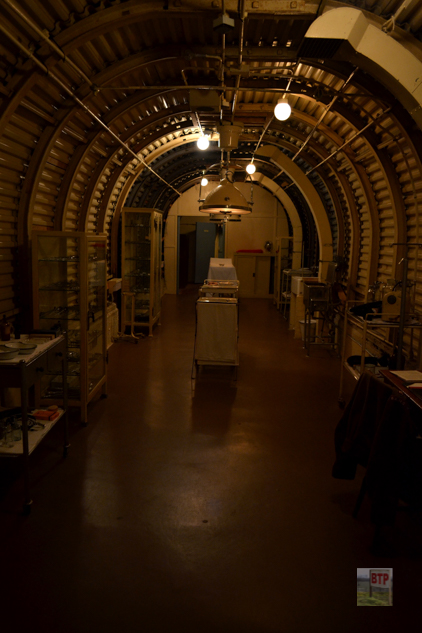
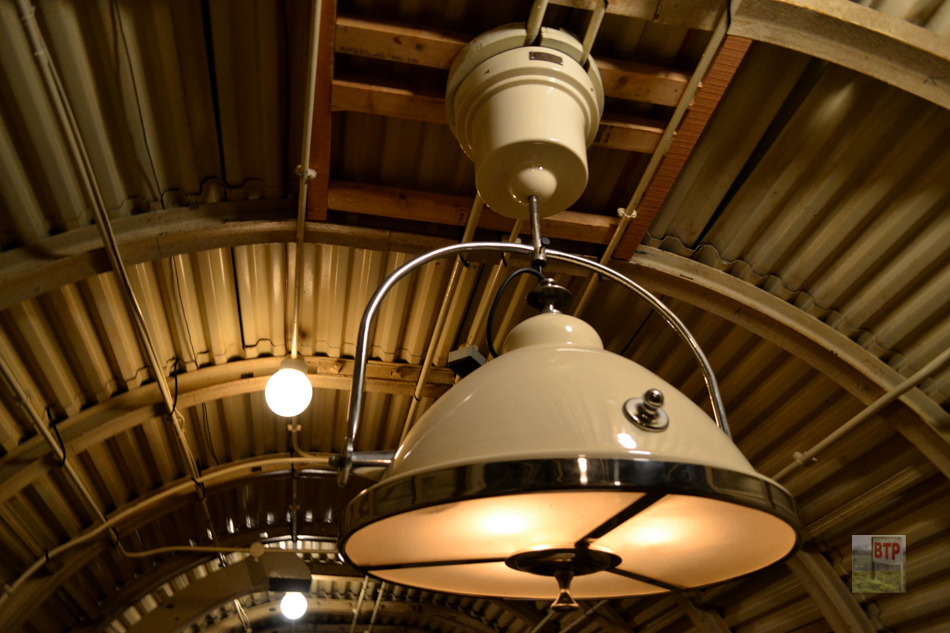
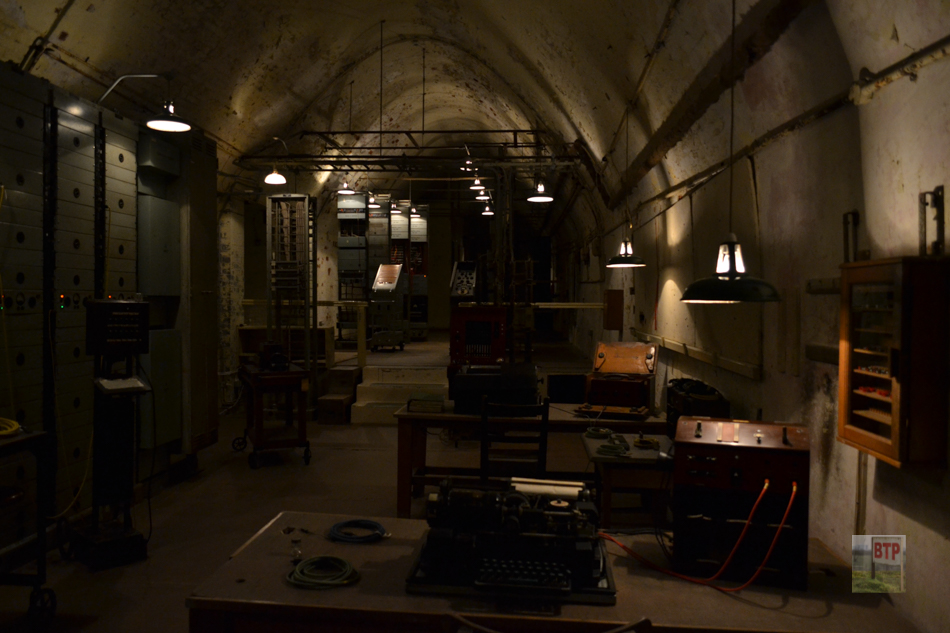
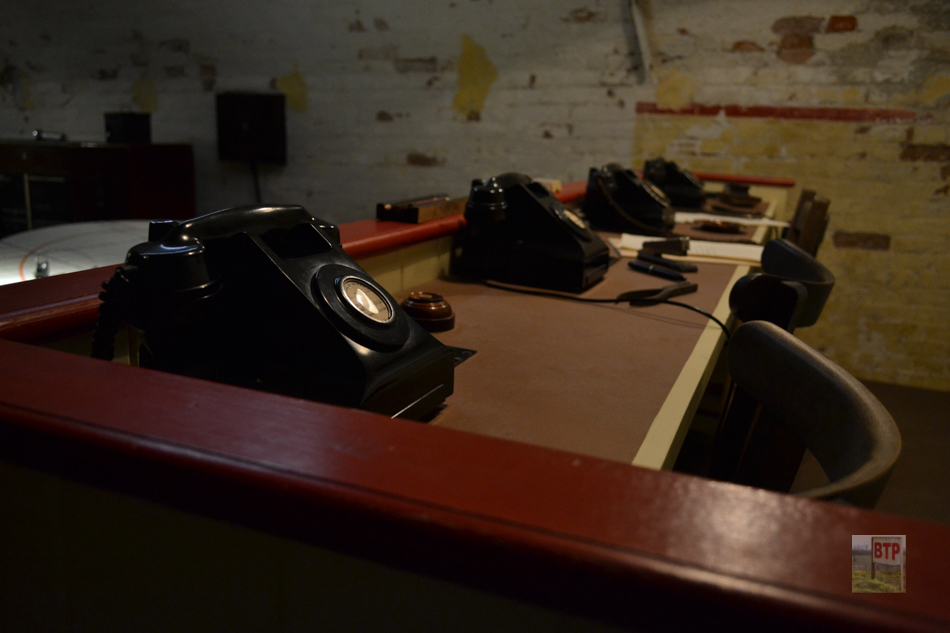
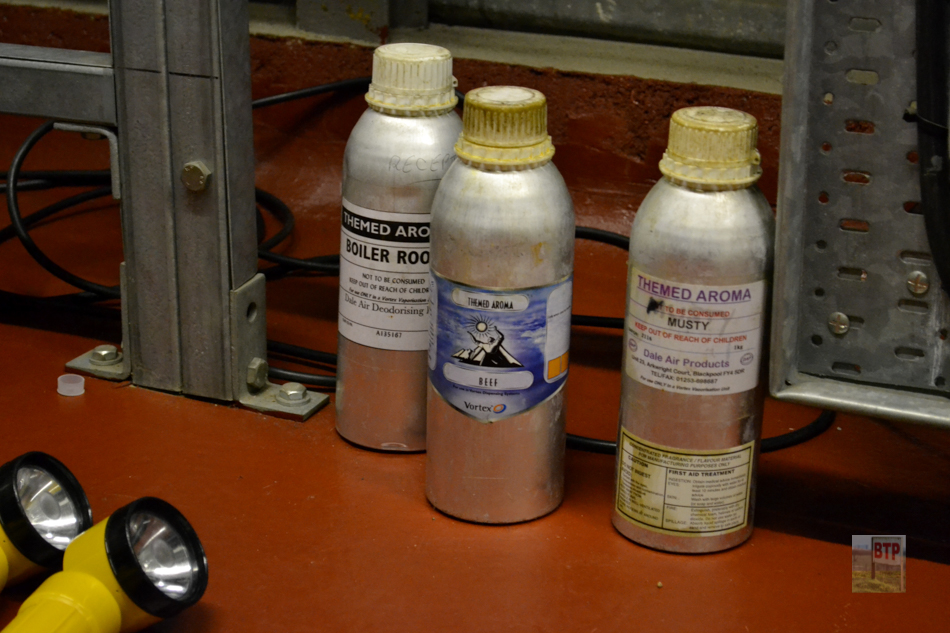
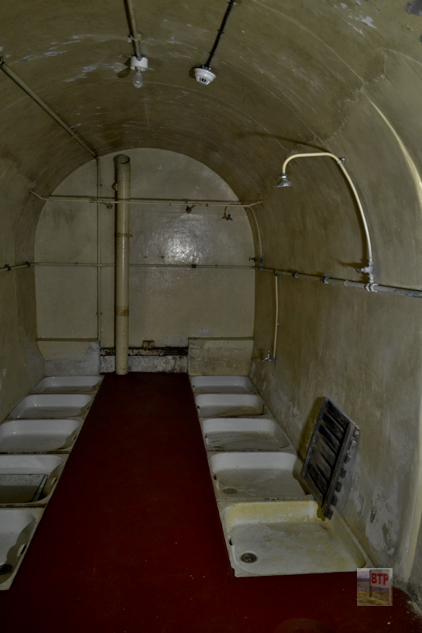
Present Day
Today English Heritage take pride in creating a realistic experience for people to a glimpse into what it would have been like during the war. The tunnels are open to the public with tours available for free (entrance fee to the site applies). While some of the tunnels maintain the wartime look and feel, some are making the most of technology with projections and immersive sound effects. Bottles like these to the left, are used to create realistic smells of some unusual things such as the boiler room, beef and a general musty smell.


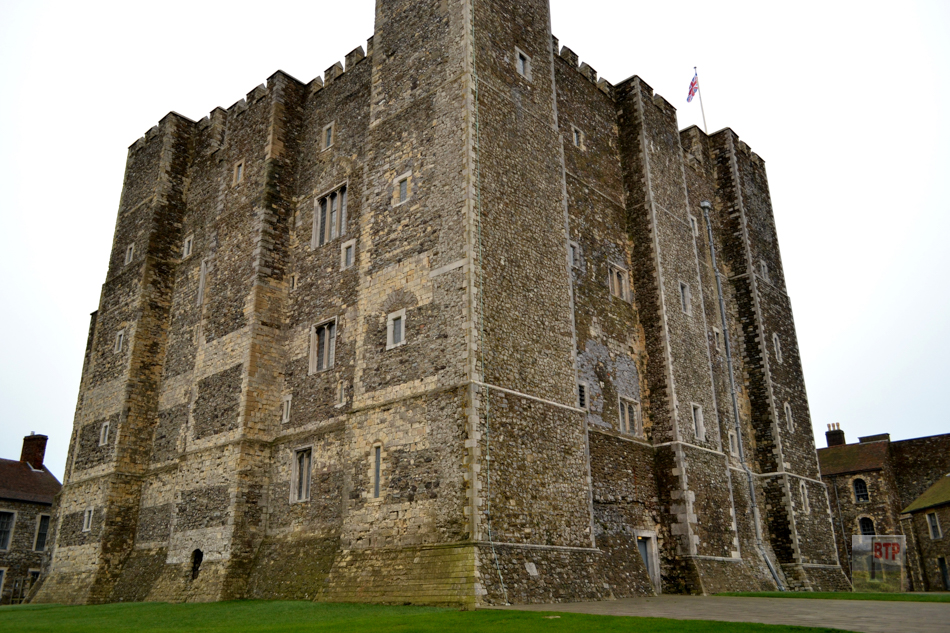
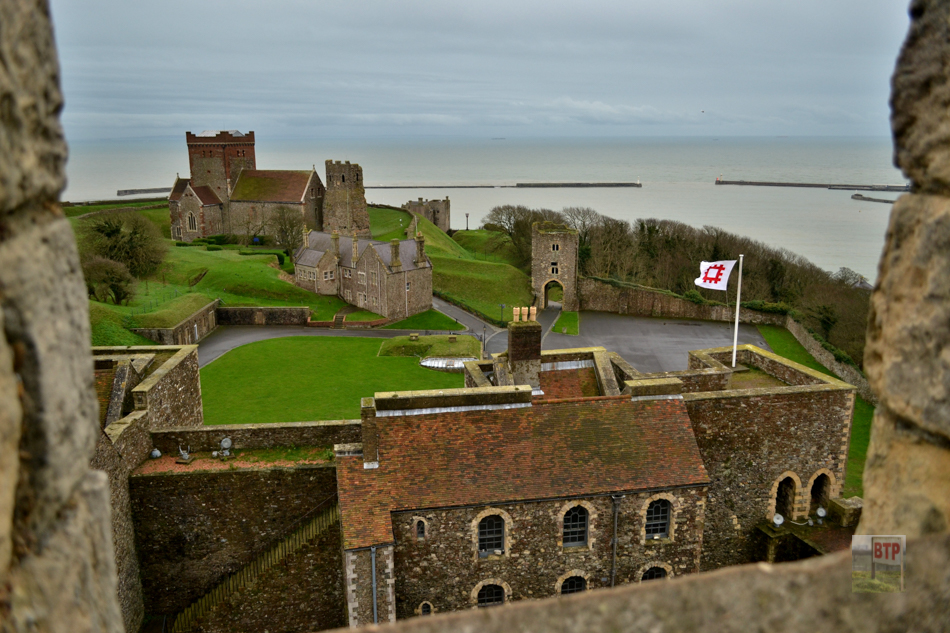
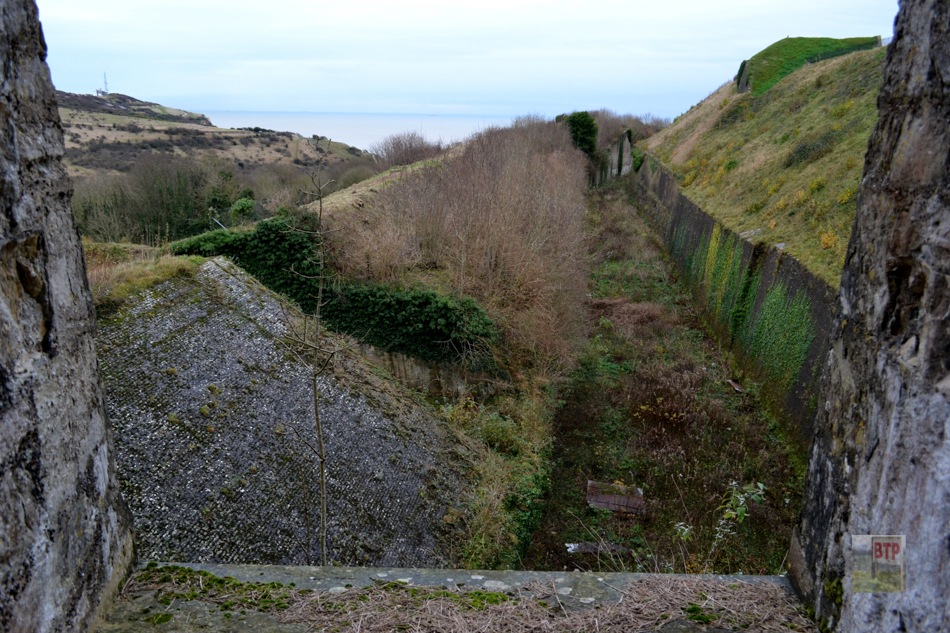
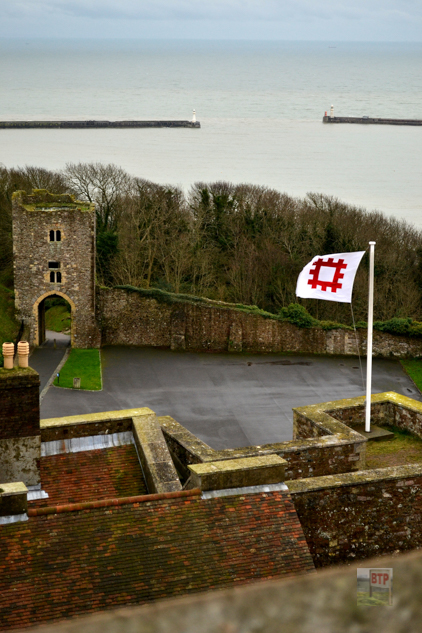
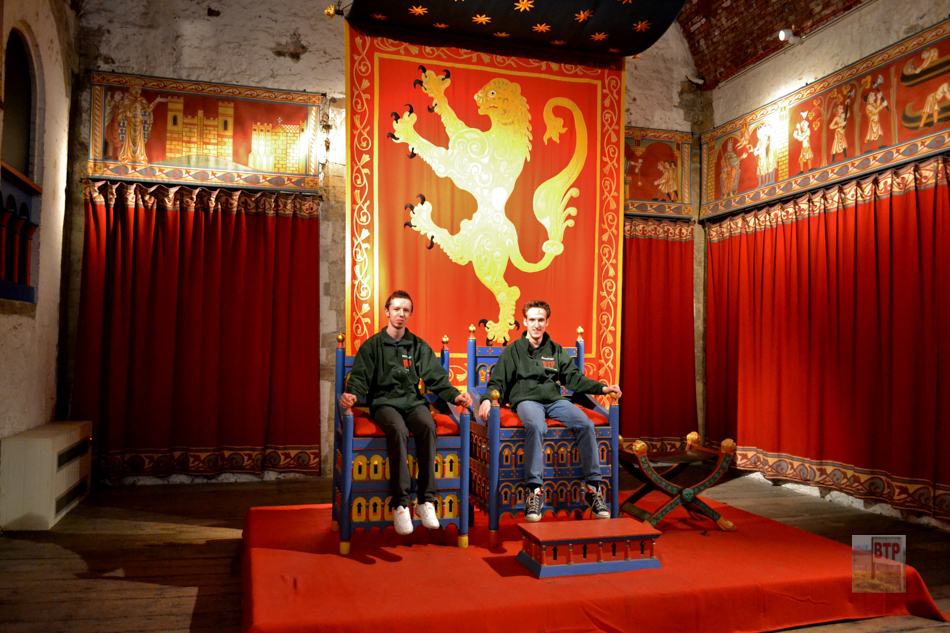
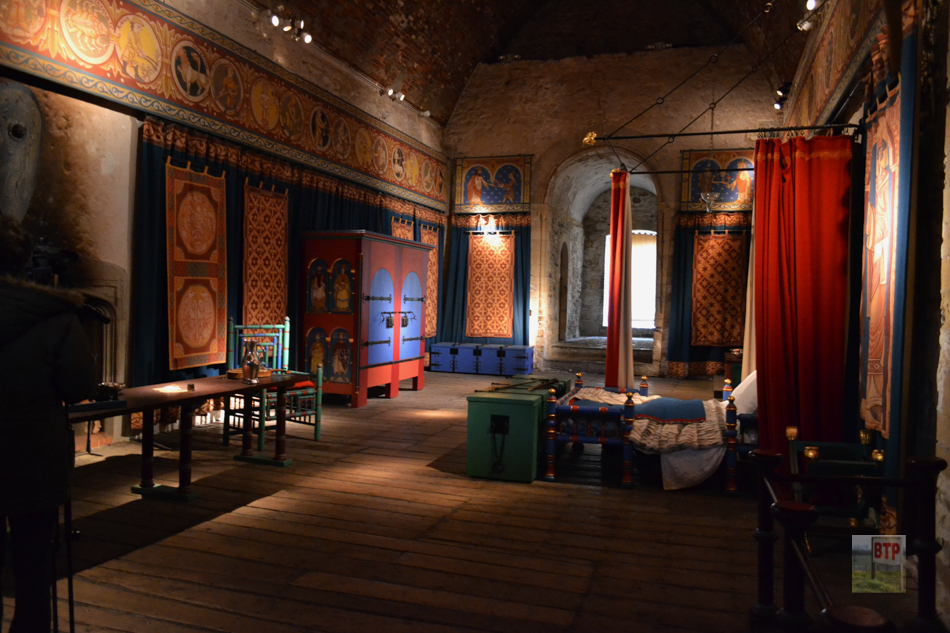
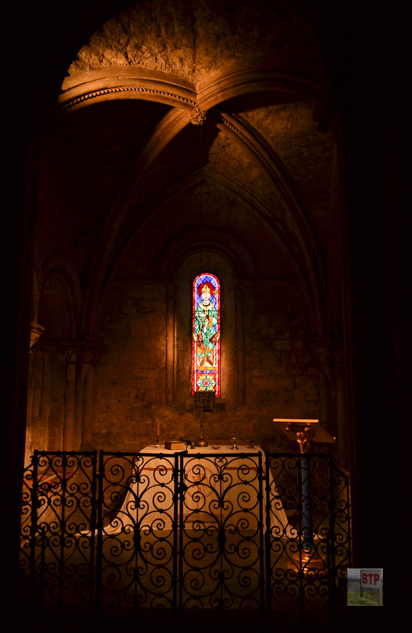
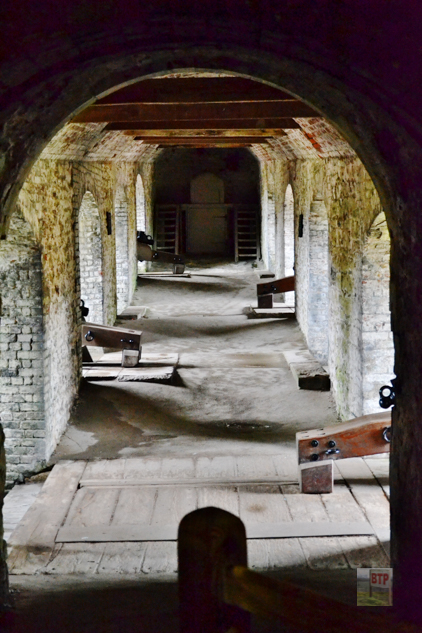
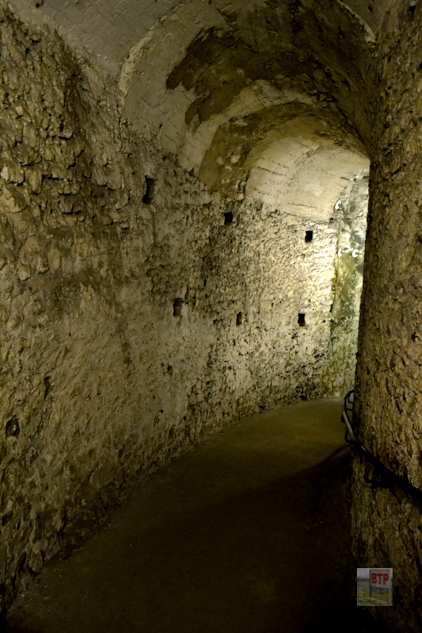
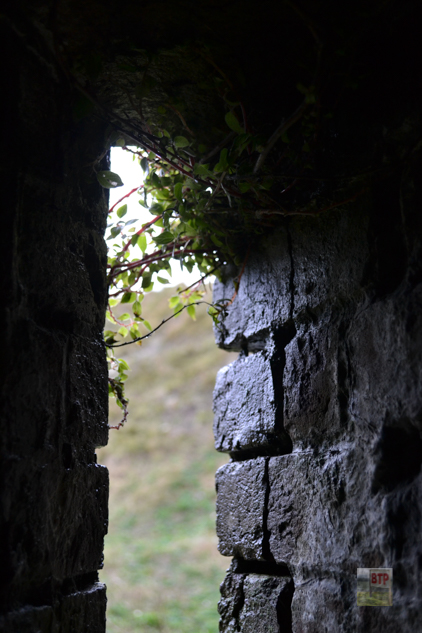
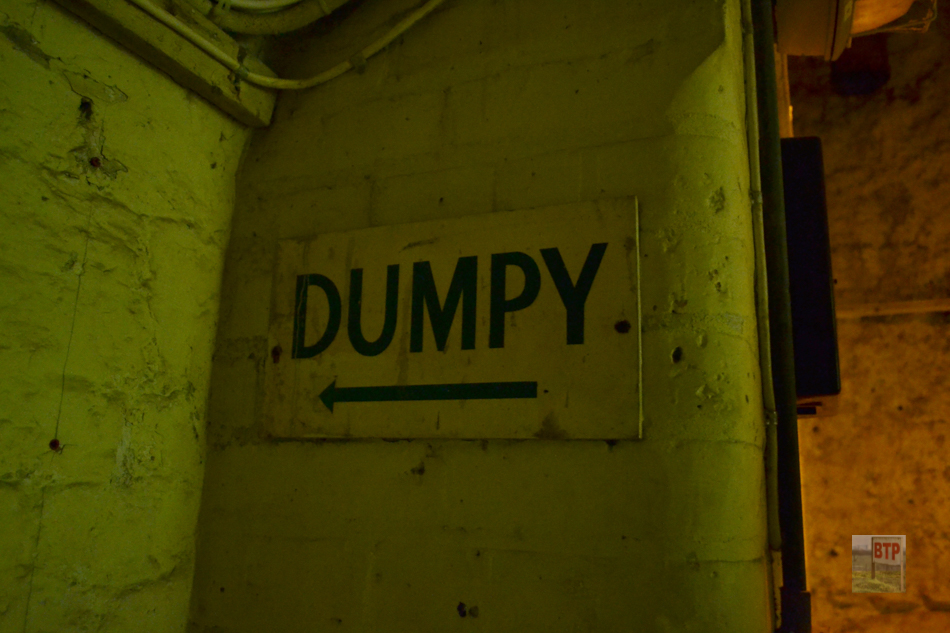
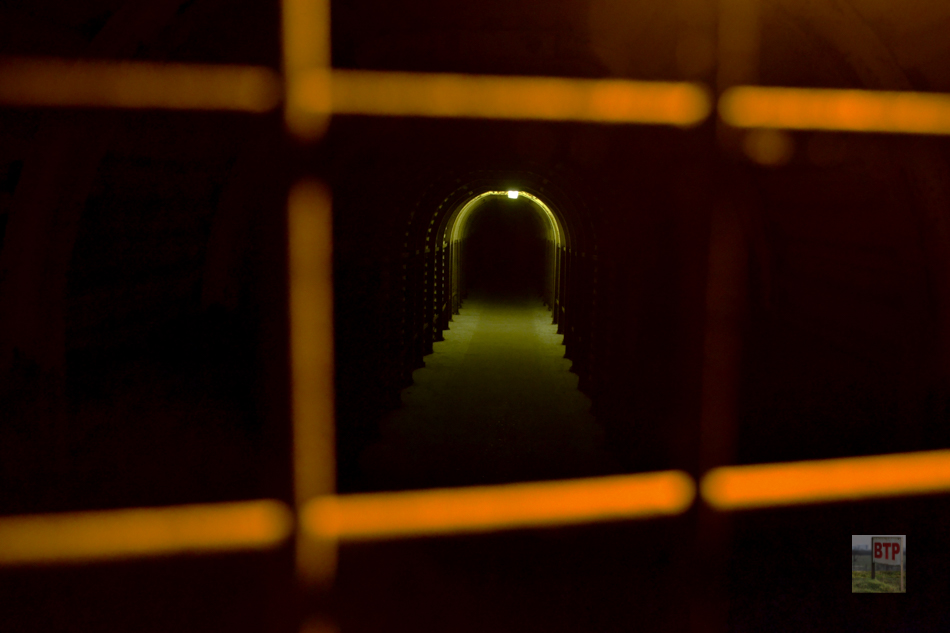
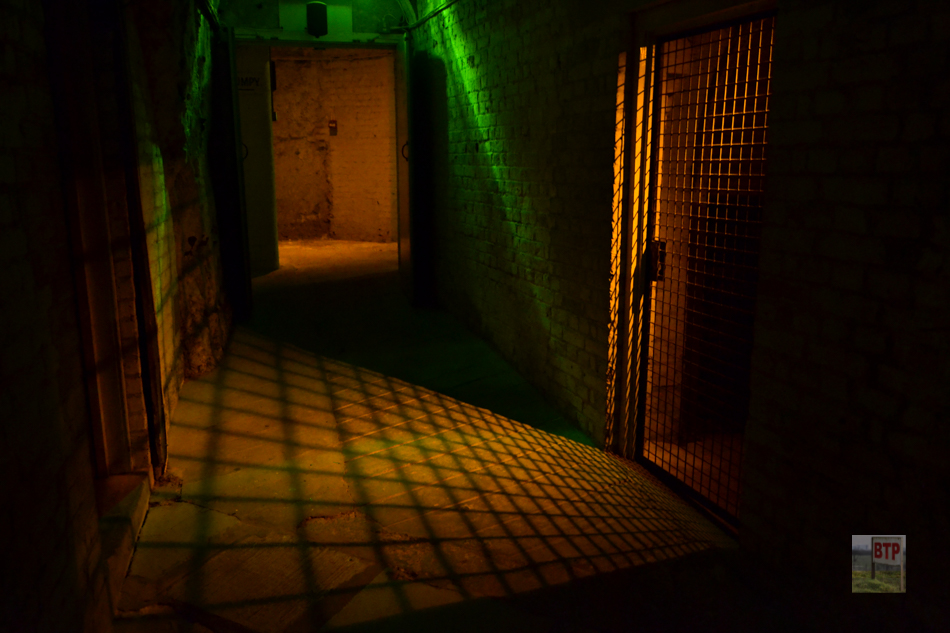
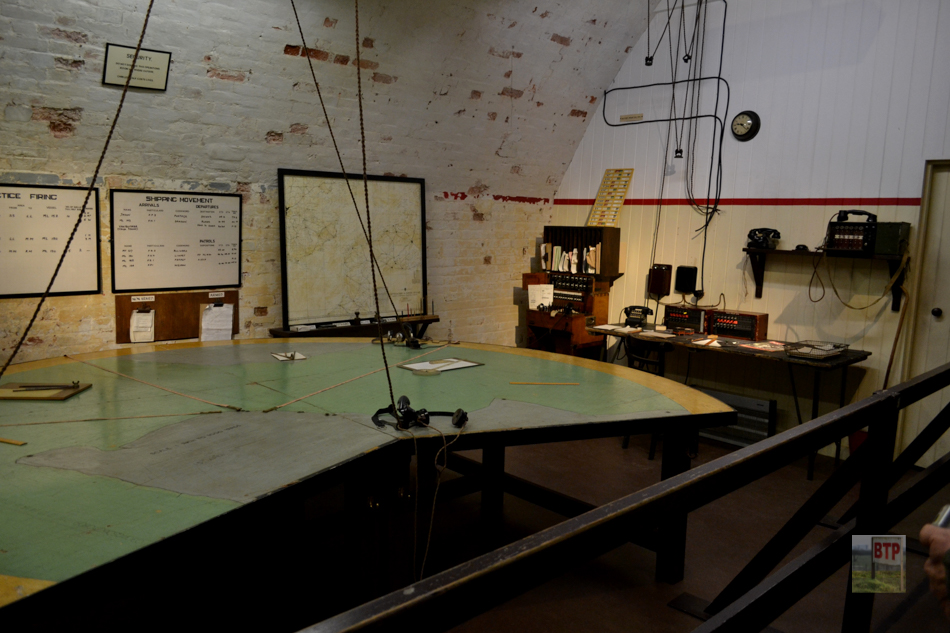



Are the tunnels open? We will be arriving by cruise ship 19 May and wanted to tour the tunnels. WHERE do we go, on site for the tour? I hear the lines are long and we wanted to be part of the first tour, if possible. We were planning on taking a cab from the port. Thanks.
Hi Colleen, if you pay to get into Dover Castle, I believe it’s included within your ticket.